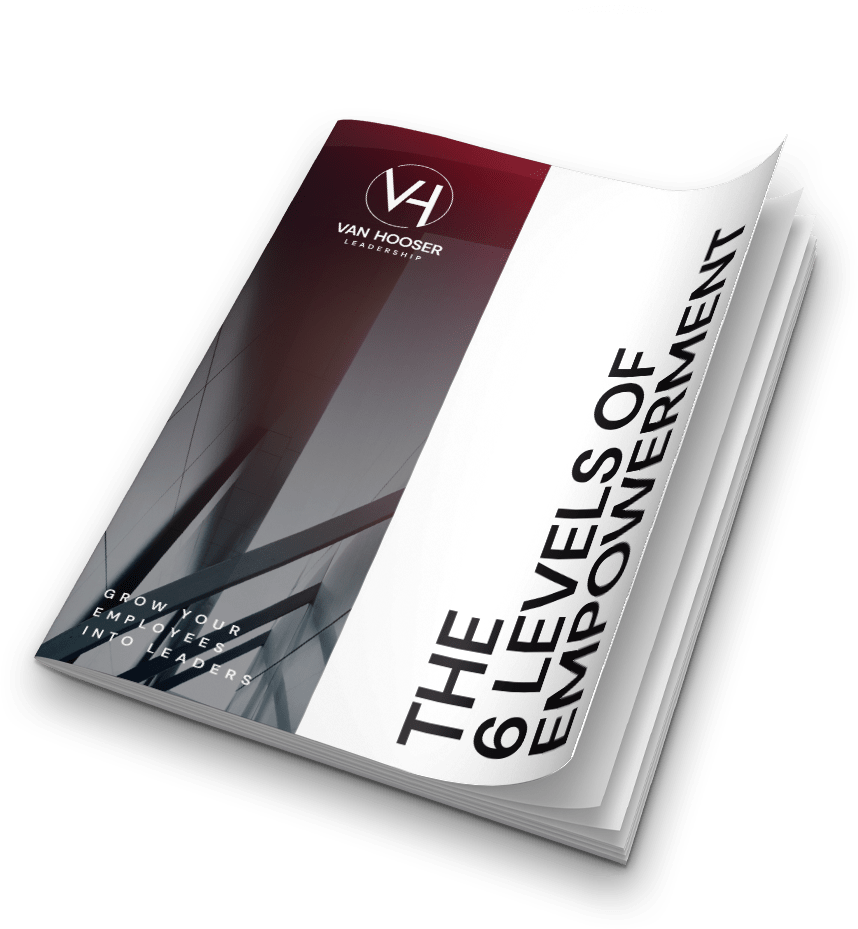The most valuable asset in your organization isn’t on your balance sheet—it’s in the minds of your most experienced people. And every day without a plan, more of it slips away.
When veteran leaders retire or exit, they take with them decades of institutional knowledge. Without a succession planning and knowledge transfer strategy, organizations risk operational disruptions, weakened client relationships, and costly mistakes. This article explores why institutional knowledge is so critical, the leadership gaps it leaves behind, and practical knowledge retention strategies organizations can take now to capture and pass it on before it’s too late.
Why Losing Institutional Knowledge Is a Strategic Risk
In business, knowledge is currency—and too often, it walks out the door when a veteran leader departs.
According to the SHRM Talent Management Survey, 77% of organizations believe they are experiencing a knowledge loss crisis as experienced employees leave. For many organizations, that loss is magnified because so much operational, regulatory, and relationship knowledge is stored in the minds of a few key people—not in manuals.
The High Cost of Delaying Succession Planning
I’ve sat in too many boardrooms where leadership was caught flat-footed by a retirement they should have seen coming. The warning signs were there, but the preparation wasn’t.
When institutional knowledge walks out unchecked and unshared, the consequences can include:
- Operational disruption — critical processes stall, fail, or get overlooked altogether.
- Weakened customer or client relationships — long-time partners lose their trusted contact.
- Loss of competitive advantage — years of hard-earned best practices disappear.
- Lower employee confidence — teams are left feeling unprepared and unsupported.
And here’s the part that stings: you can’t replace 30 years of wisdom in 30 days.
Why Leadership Must Own the Solution
It’s tempting to treat knowledge transfer as an HR function. But in my experience, it’s a leadership responsibility.
Succession planning isn’t just about titles—it’s about operational continuity. And operational continuity depends on having a deliberate process to capture, document, and share institutional knowledge long before someone turns in their notice.
This is also where leadership development plays a critical role. Organizations that invest in developing rising leaders early are better positioned to absorb transitions smoothly, because those leaders are already equipped with both skills and context.
4 Proven Strategies to Capture and Transfer Institutional Knowledge
If you know knowledge is atIf you know knowledge is at risk, the time to act is now. Here are the strategies I’ve seen work across industries:
1. Structured Mentorship Programs
Pair experienced leaders with high-potential employees—not just for networking, but for intentional skills and process transfer.
- Set clear objectives for what should be shared and learned.
- Schedule regular, documented touch points.
- Recognize and encourage both mentor and mentee for their efforts and contributions.
The Association for Talent Development reports that formal mentorship programs can improve knowledge retention strategies by up to 50%.
2. Job Shadowing & Rotational Assignments
Don’t wait until a leader is leaving to have someone learn their role. Create opportunities for cross-training and shadowing well in advance. This:
- Builds resilience in case of sudden, unexpected departures.
- Expands the skills of rising leaders.
- Uncovers inefficiencies that can be improved along the way.
3. Process Documentation & Playbooks
Many leaders keep critical knowledge in their heads because “that’s just how we’ve always done it.” That’s a risk.
- Develop necessary process maps for key operational areas.
- Store them in an accessible, centralized location.
- Update regularly to reflect changes.
4. Build a Knowledge-Sharing Culture
When leaders hoard information, even unintentionally, it signals to others that knowledge is power to be kept, not shared. Shift the mindset by:
Integrating knowledge transfer into performance evaluations.
Recognizing and rewarding knowledge sharing that happens early and often.
Encouraging leaders to teach during meetings, not just update.
A Real-World Example
Here’s what it looks like when leaders act before it’s too late.
One organization I worked with knew they had a senior executive retiring within two years. Instead of waiting, they created a “legacy knowledge plan” that included:
- Monthly mentorship lunches with emerging leaders.
- A complete documentation of core operational processes.
- A recorded video library of the executive explaining case studies and decision-making logic.
By the time the retirement came, the transition was seamless—and clients didn’t feel the loss.
Why This Matters for Every Organization
Large corporations may have redundancy built in. But for many businesses, one person’s knowledge can literally be the key to customer trust, compliance, or risk management.
When that person leaves—whether by retirement, career change, or unexpected life events—you can’t afford to scramble. You must lead with foresight and intention, not fear and reaction.
Next Step
Identify the three roles in your organization where the loss of one person’s Identify the three roles in your organization where the loss of one person’s knowledge would cause significant disruption. For each role:
- Assign a successor or apprentice immediately.
- Begin documenting key processes this month.
- Schedule regular mentorship or shadowing sessions.
The sooner you start, the more time you have for a thoughtful, thorough knowledge retention strategy. Don’t wait for a crisis. Protecting your institutional knowledge is one of the most strategic leadership development moves you can make.
See How We Support Leadership Transitions →
Q1: When should organizations start succession planning for knowledge transfer?
Ideally, 3–5 years before an expected retirement. The more time you have, the more natural and thorough the transfer will be.
Q2: What if a leader is reluctant to share their knowledge?
Explain that passing on knowledge is part of their leadership legacy. Recognize and reward the behavior publicly to reinforce its value.
Q3: How do we prepare for sudden knowledge loss from unexpected departures?
Regularly update process documentation and maintain a culture where sharing is part of the job, not just a special project when someone leaves.










